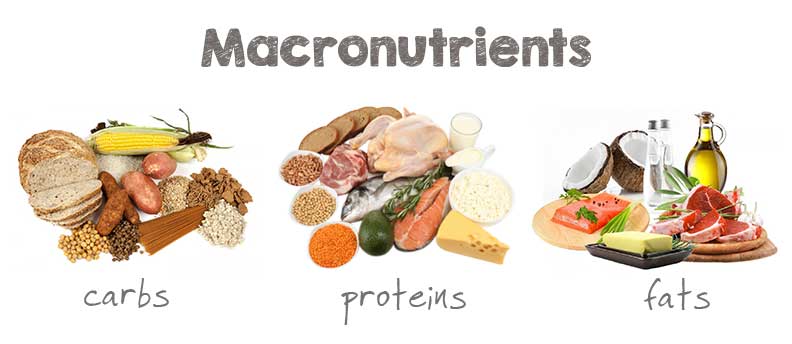If you read my most recent post, you know that my experience with food and dieting has been up and down for a long time. Recently I went through a 6-month long elimination and reintroduction process to finally figure out which foods make me feel awesome, and which don’t. Once I finished that process, I knew I wanted to invest in some time in using my new food choices to fuel me more appropriately as an athlete. See, during the elimination period, I ended up cutting down my carbs to like 50 grams per day or less, just because of which foods I could eat and which I couldn’t. When that period ended and I started reintroducing foods, my carbs shot way up and suddenly my macro ratios were all out of wack and I was feeling heavy and sluggish during workouts.
I have tracked my macros before and knew how effective this was for me. I COULD theoretically do it on my own, but I know myself best, and I am always better with accountability, so I reached out to my buddy Emily Field, RD. Emily is the master of macros in Minneapolis. She is a Registered Dietitian and runs her own programs online consulting with people on how to hit their goals by tracking their macros. I have been working closely with her since mid-December so far it’s been an excellent experience. I know that for many folks the idea of tracking your food or your macros is SUPER INTIMIDATING, so I wanted to let you in on my journey so far to hopefully help you see how easy it can be.
First of all, what does it even mean to track your macros? Macronutrients are the building blocks to your food: protein, fat and carbohydrates. When you track your macros, your goal is to achieve a specific balance between those three elements. How you do that depends on your goals and your level of activity. For me it means that my fat and protein goals are the same every day, but my carbohydrates are higher on more active days, and lower on rest days. This method of carb-cycling is a great way to support athletic goals, because it teaches your body how to burn fat efficiently.
Emily set me up with a set of daily goals depending on my activity level, and from there it’s my job to split those numbers up over the course of the day and build my meals around them. I think that is the point where most people are like “NOPE”, but I swear it’s easier than it sounds. Here are the keys for me for the easiest ways I have worked to manage tracking macros on a daily basis:
Cook frequently in manageable amounts. Some folks like to cook all of their food on Sunday “meal prep day”, but for me I have found this to be totally unmanageable. I can only keep up with that for a few weeks, but eventually it just burns me out. Instead, I like to cook 2-3 days per week in smaller batches, spending about an hour or two each time getting lots of food ready. The method I take is to cook a large amount of each macro; 1-2 types of protein, 1 easy carb, and several types of veggies. Fats are easy because they tend to come along with the proteins, and you can bump up any remaining fats with cooking fats or something yummy like nut butters. Last week for example, I made 2 lbs of ground turkey, 2 lbs of pulled chicken, 6 cups of white rice and roasted a bunch of carrots, broccoli and brussel sprouts on Monday night. Then, when I am putting together meals, I just mix and match. For days when I need extra carbs I grab some corn tortillas to add to a meal, or a bag of instant oatmeal to snack on. By Friday I was running a bit low on protein so I baked some salmon and made some squash in my instant pot.
Some of you might be cringing because you prefer to make more dynamic meals, like casseroles, stews, etc. The good news is that is definitely possible, the difference is that you would instead choose to weight the ingredients beforehand rather than after, so you know the macros for each serving. I simply prefer the method I described because it’s easier for both Josh and myself to fit our needs by mixing and matching.
 Keep your scale on your counter. Food measuring seems terrifying, but it can be very simple. I got myself a cheap food scale from Amazon, and I keep it on my counter. When I am putting together my food for the day, I weigh the protein and carbs, and I don’t worry about any additional green veggies that I am adding in (they are negligible in terms of your macros). At first, it takes time to figure out how many oz. of protein you might need per meal, but after a while you start to figure out how to easily put together the meals that will fit for you. Personally I know it takes about 4-5 oz of protein per meal depending on the protein, and I’ve even learned how to eyeball it when I am in a place where I don’t have a scale. For carbs I generally measure using cups, so keep those handy in a drawer nearby.
Keep your scale on your counter. Food measuring seems terrifying, but it can be very simple. I got myself a cheap food scale from Amazon, and I keep it on my counter. When I am putting together my food for the day, I weigh the protein and carbs, and I don’t worry about any additional green veggies that I am adding in (they are negligible in terms of your macros). At first, it takes time to figure out how many oz. of protein you might need per meal, but after a while you start to figure out how to easily put together the meals that will fit for you. Personally I know it takes about 4-5 oz of protein per meal depending on the protein, and I’ve even learned how to eyeball it when I am in a place where I don’t have a scale. For carbs I generally measure using cups, so keep those handy in a drawer nearby.
Don’t cut yourself short. When I started tracking my macros again, the first week I felt so full all the time. I was eating way more than I was used to. Before I got myself back on track I was in a bad habit of eating very little during the day and filling myself to the brim at home. Switching over to balancing my food throughout the day made me feel very over full at first. However, after about a week I have adjusted quickly and now that level of food feels very comfortable. One of the biggest mistakes people make when they try to track their food or use nutrition as a tool is they they start to under-eat. We often equate under-eating with weight loss, but in fact it usually works in reverse. The more consistently you eat and the more balanced your days are, the more likely your body is to relax and change in subtle ways.
Measure your inches not your pounds. You can use macros to maintain your body composition, lose fat, or gain muscle. Depending on your goals, your weight on the scale may fluctuate quite a bit day to day and week to week. Particularly with macro tracking, actual changes on body weight might be very slow. If instead you measure your progress in inches (AKA how thick is your waist, thighs, biceps), you end up with a much better picture of your weight loss or muscle growth. In general the scale is the worst tool, it makes you feel horrible and often doesn’t tell the whole story. Using a measuring tape and even pictures can tell you a lot more.
Eat what you want. The great thing about tracking your macros is that technically you can eat whatever you want. Because of my newly-discovered allergies, there are some foods that I won’t have again, but for everything else, I can eat what I want and just add that into my daily macros. Last week I wanted a burger badly, so we went to Red Cow and enjoyed a burger and fries, and added that into My Fitness Pal for the day. Obviously that’s a big ole blast of fat and carbs, so it changed what I ate for dinner that night, but the point is that I can still enjoy a meal without breaking my goals completely. Tracking foods also tends to make you think a little more about when you want those treats and what kinds of treats you like. It’s not about restriction, it’s about gathering information and using it to work with your goals instead of against them.
View your goals in the long-term. Macro counting can be used for a diet. If you have goals to lose a specific amount of weight or reach a certain body proportion, macro counting can certainly help you do that. However, counting your macros doesn’t have to be for a specific goal. For myself, I am enjoying the slow changes I am seeing without having a specific body weight or measurement in mind. I have walked that road before and after I hit my goal I crashed pretty hard. Now I am trying to work on making this a daily routine that feels good to me, rather than part of a specific destination.
I recommend macro-tracking as a way to manage your body composition and gym goals. However, I do think everyone should start from a place of discovery and connection to food, through a program like Essential You. If you’ve already done that and have a pretty good sense of which foods work for you, macro tracking is an excellent next step for getting in touch with your nutrition. Get started today by contacting Emily Field at [email protected] or visiting her website. She has so many resources available for free, as well as many more once you start working with her, including snack ideas, portion guides and more. If you want to know more or have questions, send her an e-mail, she would be more than happy to connect with you.

